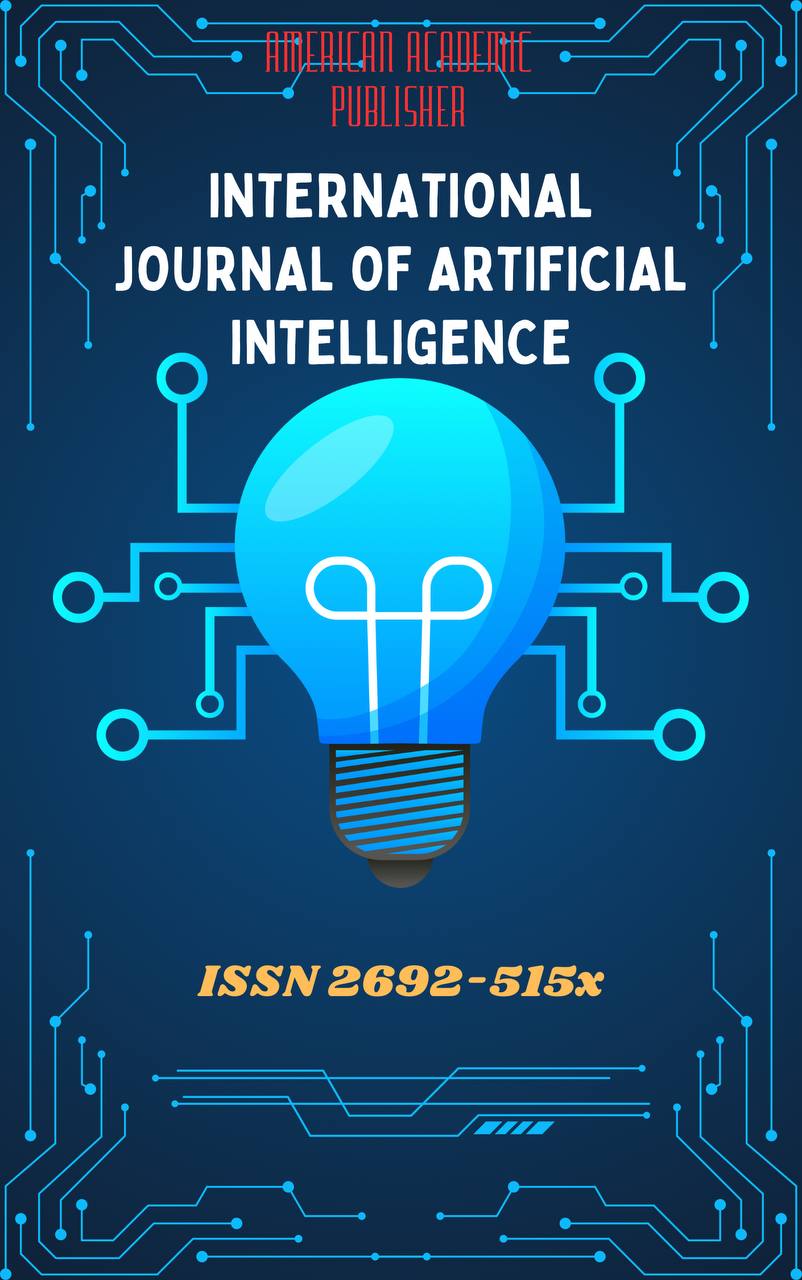 Articles
| Open Access |
Articles
| Open Access | SUPPLY AND DEMAND FOR PERSONNEL IN THE LABOR MARKET
Axunov Muhammadamin Abduvasitovich , Associate Professor, Department of Economics, Andijan State Technical InstituteAbstract
This article examines the dynamics of supply and demand for personnel in the modern labor market, focusing on the structural and functional mismatches between workforce availability and employer needs. It explores key factors such as educational output, skill development, technological change, demographic trends, and economic restructuring that influence labor market equilibrium. The study analyzes both quantitative and qualitative aspects of labor supply and demand, with case examples from various countries to highlight global patterns and national specifics. Special emphasis is placed on the gap between graduates’ qualifications and job requirements, the challenges of youth employment, and the effects of automation on occupational demand. The paper concludes with policy recommendations aimed at better aligning education, training systems, and labor market needs to support inclusive and sustainable employment growth.
Keywords
Labor market, personnel supply, personnel demand, employment mismatch, workforce development, skill gap, human capital, vocational education, unemployment, education-to-employment transition
References
Autor, D. H., Levy, F., & Murnane, R. J. (2003). The skill content of recent technological change: An empirical exploration. The Quarterly Journal of Economics, 118(4), 1279–1333. https://doi.org/10.1162/003355303322552801
Bloom, D. E., & Canning, D. (2008). Global demographic change: Dimensions and economic significance. In A. Auerbach & D. Card (Eds.), Handbook of Labor Economics (Vol. 4, pp. 559–637). Elsevier.
Borjas, G. J. (2020). Labor economics (8th ed.). McGraw-Hill Education.
CEDEFOP. (2020). Matching skills: How dual learning models align education with labor market demand in the EU. European Centre for the Development of Vocational Training. https://www.cedefop.europa.eu
International Labour Organization (ILO). (2022). World Employment and Social Outlook: Trends 2022. https://www.ilo.org/global/research/global-reports/weso/2022/lang--en/index.htm
Lee, J. (2017). Aligning higher education with labor market needs: South Korea's competency-based reform. Asian Education and Development Studies, 6(3), 243–258. https://doi.org/10.1108/AEDS-11-2016-0082
OECD. (2019). Getting skills right: Future-ready adult learning systems. OECD Publishing. https://doi.org/10.1787/9789264311756-en
UNDP. (2021). Human development report: Unequal access and youth unemployment in Central Asia. United Nations Development Programme. https://www.undp.org
UNESCO. (2018). Labour Market Information Systems and their role in youth employment strategies. https://www.unesco.org
World Bank. (2020). The Changing Nature of Work: World Development Report. https://www.worldbank.org/en/publication/wdr2019
Article Statistics
Downloads
Copyright License

This work is licensed under a Creative Commons Attribution 4.0 International License.

